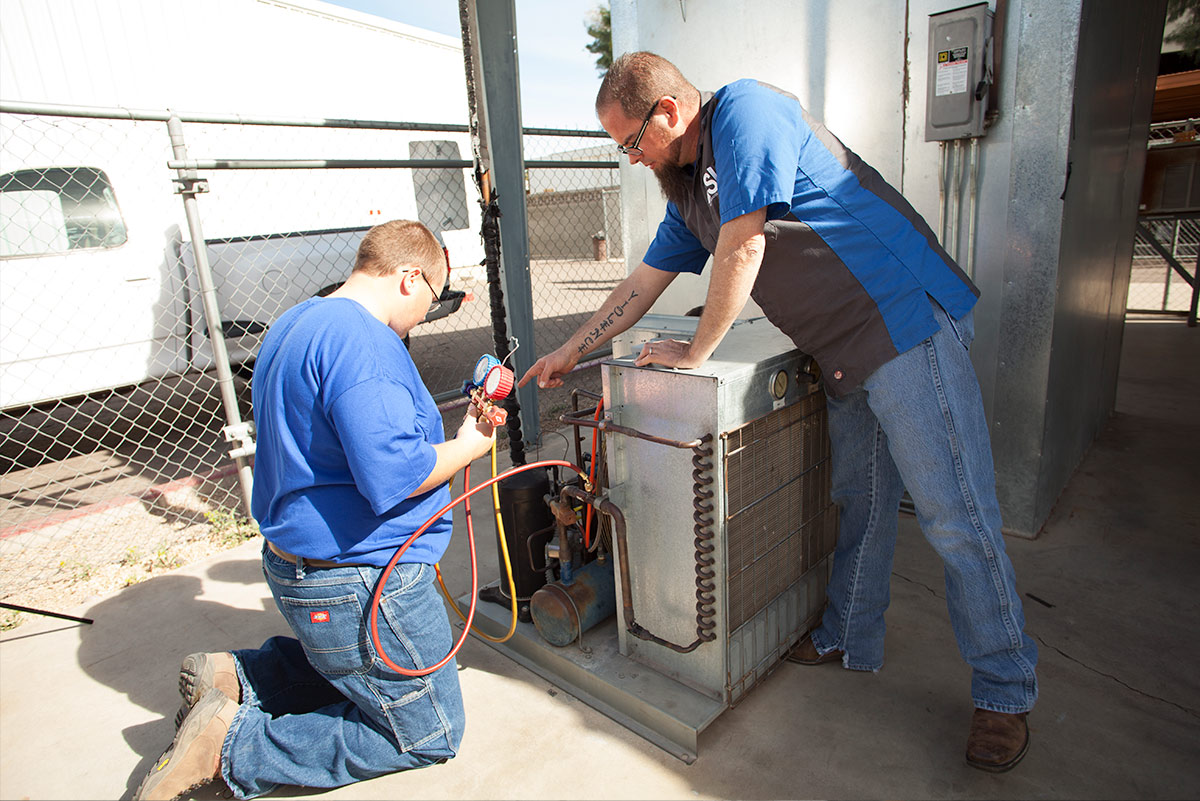
Engines are the heart of any vehicle, and it's crucial to ensure they are running smoothly and efficiently. However, sometimes engine issues can be hidden and difficult to diagnose. This is where a combustion leak tester can be a valuable tool in identifying potential problems early on, before they escalate into major issues. In this article, we will explore how a combustion leak tester works and how it can help uncover hidden engine issues.
What is a Combustion Leak Tester?
A combustion leak tester, also known as a block tester, is a tool used to detect the presence of combustion gases in the cooling system of an engine. This can help identify issues such as a blown head gasket, a cracked cylinder head, or a damaged engine block. By detecting these issues early on, you can prevent further damage to the engine and save yourself from costly repairs down the line.
How Does a Combustion Leak Tester Work?
A combustion leak tester typically consists of a fluid that changes color when it comes into contact with combustion gases. To use the tester, you simply remove a small amount of coolant from the radiator or overflow tank and replace it with the fluid from the tester. Then, you run the engine and observe the color of the fluid. If it changes color, it indicates the presence of combustion gases in the cooling system, signaling a potential issue with the engine.
Benefits of Using a Combustion Leak Tester
- Early detection of engine issues
- Prevention of further damage
- Cost-effective way to diagnose problems
- Peace of mind knowing your engine is in good condition
When to Use a Combustion Leak Tester
A combustion leak tester is a valuable tool to use in the following situations:
1. Overheating Issues
If your engine is constantly overheating, it could be a sign of a blown head gasket or other combustion-related issues. Using a combustion leak tester can help you confirm the presence of combustion gases in the cooling system, which may be causing the overheating problem.
2. Loss of Coolant
If you notice that your vehicle is losing coolant but can't find any external leaks, it could indicate an internal leak in the engine. A combustion leak tester can help you determine if combustion gases are escaping into the cooling system, causing the coolant loss.
3. Poor Engine Performance
If your engine is running rough, misfiring, or lacking power, it could be due to a combustion-related issue. Using a combustion leak tester can help you rule out any internal engine problems that may be affecting performance.
Steps to Using a Combustion Leak Tester
Using a combustion leak tester is a simple process that can be done following these steps:
1. Allow the Engine to Cool
Before testing, make sure the engine has cooled down to prevent any accidents or injuries.
2. Remove Coolant from the Radiator
Remove a small amount of coolant from the radiator or overflow tank to make space for the tester fluid.
3. Insert Tester Fluid
Insert the fluid from the combustion leak tester into the cooling system, following the manufacturer's instructions.
4. Start the Engine
Start the engine and let it run for a few minutes while observing the color of the tester fluid for any changes.
5. Interpret the Results
If the color of the tester fluid changes, it indicates the presence of combustion gases in the cooling system, signaling a potential issue with the engine.
Conclusion
A combustion leak tester is a valuable tool for any car owner or mechanic looking to uncover hidden engine issues early on. By detecting the presence of combustion gases in the cooling system, you can identify problems such as a blown head gasket or a cracked cylinder head before they escalate into major issues. Regularly using a combustion leak tester as part of your maintenance routine can help prolong the life of your engine and save you from expensive repairs in the future.

